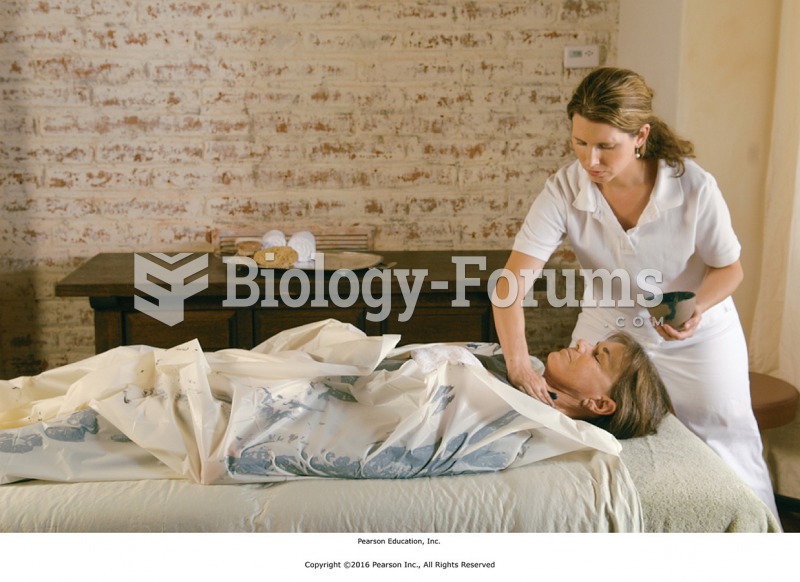Answer to Question 1
3. Limb fracture
Rationale:
Until puberty, ligaments and tendons are stronger than bone in the developing child. Because the bones of a preadolescent child are more porous, there is an increased risk for fractures. A leg fracture should be considered for this client and not a ligament sprain or tendonitis. Since the muscle system is almost completely formed at birth, muscle tears are not commonly seen in the preadolescent client. Muscle that is almost completely formed is less prone to injury than bone that is not fully formed. Therefore, there is less risk that the leg pain is being caused by muscle tears than by a fractured bone.
Answer to Question 2
4. Encourage the client to get affairs in order now to avoid waiting until it is too late.
Rationale:
Encouraging the client to get affairs in order now to avoid waiting until it is too late is not appropriate at this time: Although this topic is helpful to prepare for the actual death, this is not the time because this removes all hope. Establishing open communication and sharing of feelings to discuss grieving is appropriate at this time: The nurse should establish a rapport and use therapeutic communication to allow the client to express feelings and emotions about the new diagnosis of CML. Making referrals for support or bereavement groups is appropriate at this time: Offering information and resources about agencies that deal with grieving is an option to show the client that agencies can assist when the need is felt or when the client is ready to use them. In addition, this helps the client understand that anticipatory grieving is a normal process that occurs. Identifying role changes and family stress management strategies is appropriate at this time: Exploring possible role changes, stressors, and strategies associated with the disease progression will give the client a realistic approach to understanding the disease process and its consequences. This also helps the client begin to share with the family to build a foundation for mutual understanding and trust.







